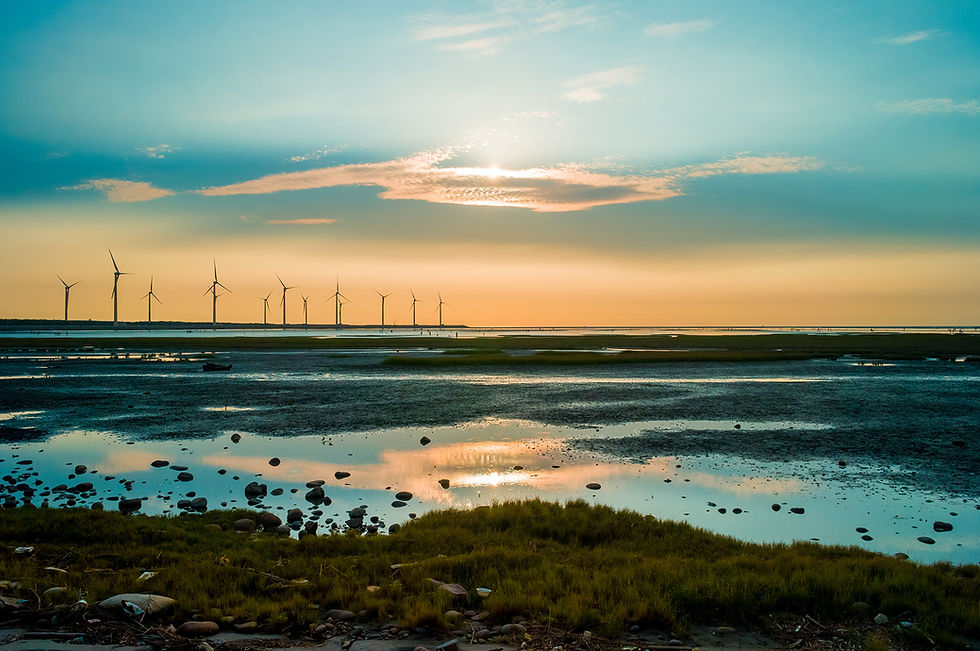
With Natural Energy: TED-PG
Materialize themal expansion difference power generation
What needs to be solved
Gathering our expertise and knowledge
I introduced my idea of how to generate large compressive and tensional forces based on the nature. But so far it's still quite unknown and there are some problems. I hope we can find solutions.
Translation from Axial Force into Electric Power
I still don't know how to change axial forces, i.e. compression and tension, into electric power. I wonder if piezoelectric devices are effective, but unfortunately I'm not familiar with it. A realistic solution may be to transfer the forces into rotating power via gears. Fig. 3.1 shows a mechanical TED-PG system that I can imagine. Maybe a coupled planetary gears system, in which the final sun gear is connected to the generator, works better. Another option is shown in Fig. 3.2, where hydraulic system rotates a hydraulic motor connected to a generator.
Very Small Expansion
Free thermal expansions are generally small, i.e. energy itself is low. As discussed before, roughly, a 1m-steel bar subject to 100deg-C temperature increase gives an expansion of 1mm. Thermal force can be induced by constraining this only 1mm displacement, and power generation devices have to utilize this small displacement. It may require the collaborative effort between a precision instrument company and a heavy industrial company
Low Thermal Expansion Materials
The more thermal expansion differs, the more electricity is generated. To induce large expansion differences, there should be two ways: the increase of the difference of temperatures and/or thermal expansion coefficients (TEC) between TED-PG members. The former is relatively easy to be realized, but the latter is not.
The members should be stiff not to deform easily, which means their material may be limited to be steel, cast iron, concrete, rocks, etc. The TEC of carbon steel (CS) and stainless steel (SS) are about 12E-6 and 18E-6 /deg-C, respectively, and that of concrete is similar to that of CS (that's why RC doesn't crash naturally).
The combination of CS and SS makes sense, but there should be better combinations. The TEC of rocks and fine ceramics are said to be half of CS and less than half of SS, respectively. The TEC of Invar Alloy is said to be 1/10 of SS.
Equipment Soundness
Care should be taken also to the mechanical soundness of TED-PG systems.
First, members to be expanded/contracted should be intact even they are subject to large forces they make. For example, for a completely-fixed CS bar whose elastic modulus and TEC are 210GPa and 12E-6/deg-C, respectively, temperature increse by 100deg-C gives a stress of 210E3*12E-6*100= 252MPa, which in cases yields the material.
On the other hand, fragile material such as concrete and rocks may should be used for only compression, i.e. they should be contracted freely.
Second is the soundness of the connections of the expansion/contraction members. Because at there, large shear and/or moment forces may be expected.
Fatigue
TED-PG system members may be subject to large and repetitive force, which triggers fatigue problems, especially when they suffer tension stress. One solution is to keep the stress less than their fatigue limits, but it’s impractical as the limits are generally too low to maximize the capacity of the system.
Fatigue analysis should be used to estimate when cracks happen. It may not be economical to replace them with new ones just after such new small crack have emerged: the cracked material may continue working for a while. In such cases, it may be practical to periodically monitor the crack sizes and estimate the remaining life with the help of fracture mechanics.
Corrosion
TED-PG members are expected to be exposed to corrosive environments such as drain water, seawater and/or atmosphere. If the members are corrosion-prone material, e.g. carbon steel, and the corrosion will impair the system’s performance, appropriate measures to prevent rusting may be required.





